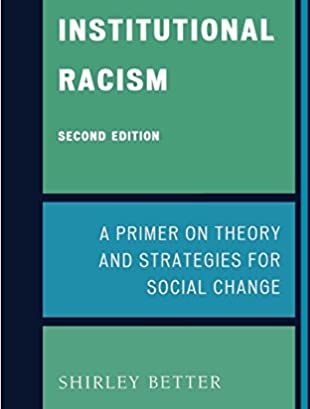1964: Declaration of Helsinki diverges from the Nuremberg Code
In 1962, the World Medical Association (WMA) Committee distributes a Draft Code of Ethics on Human Experimentation specifying populations that could not be used as research subjects. These include: children in institutions; all prisoners and persons retained in prisons, penitentiaries, or reformatories, mental hospitals and hospitals for mental defectives. (Draft Code 1962: 1119 cited by Susan Lederer. Research Without Borders: The Origins of the Declaration of Helsinki, in History and Theory of Human Experimentation, Ed. Ulif Schmid and Andreas Frewer, 2007)
Dr. Gerald Dorman, President of the American Medical Association strongly objected to these restrictions and expressed opposition to any explicit restrictions on the use of “captive subjects”—as did other American defenders of prisoner research and vaccine research which in the U.S. was conducted on institutionalized children. The British Medical Journal published the Draft; but no American medical journal published the 1962 Draft. (Lederer, 2007)
In 1963, WMA was deadlocked over the controversy of using children in institutions and “captive subjects” as subjects of research; the Summary Minutes and Report is distributed to all member nations.
In 1964, The Declaration of Helsinki was approved by the WMA
The Declaration distinguishes between therapeutic and non-therapeutic research and expanded on a requirement of full disclosure:
“In medical research involving competent human subjects, each potential subject must be adequately informed of the aims, methods, sources of funding, any possible conflicts of interest, institutional affiliations of the researcher, the anticipated benefits and potential risks of the study and the discomfort it may entail, and any other relevant aspects of the study. “ (World Medical Association, 1964 et al)
However, under the combined influence of former Nazi physicians’ organizations and U.S. research interests, the Declaration diverged from the earlier Draft, and departed significantly from the ethical principles of the Nuremberg Code.
The Declaration of Helsinki does not require written informed consent when experimental treatment is combined with medical care. And contrary to the Nuremberg Code, the Declaration permits experimentation on individuals who are unable to exercise their right to informed consent — including children. Furthermore, the Declaration no longer mentions any prohibition on the use of prisoners and institutionalized children — thereby opening the gates widely for their exploitation. (Ulf Shmidt. Secret Science: A Century of Poison Warfare and Human Experiments, 2015 Excerpts)

